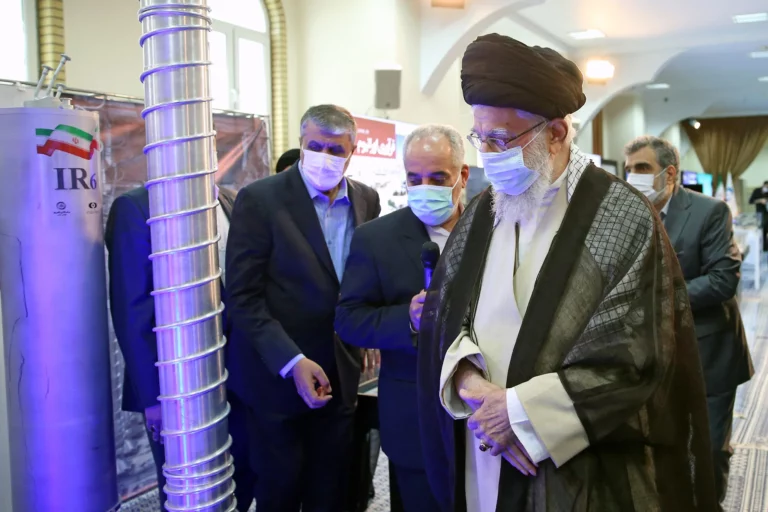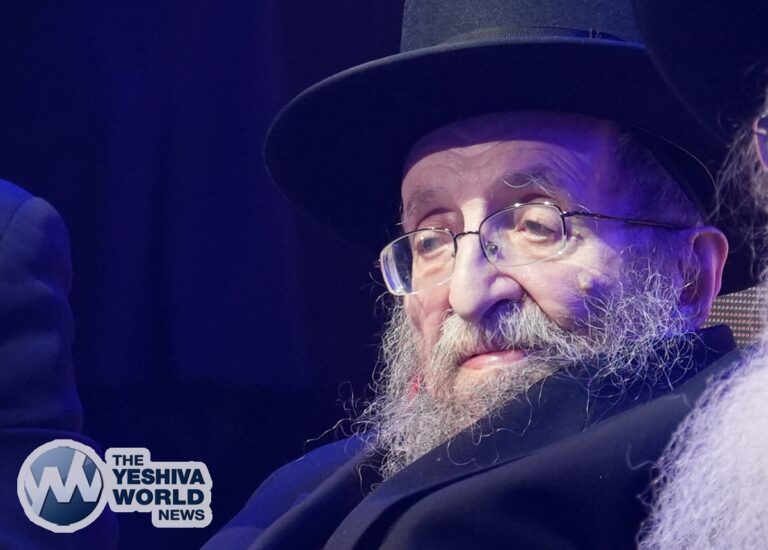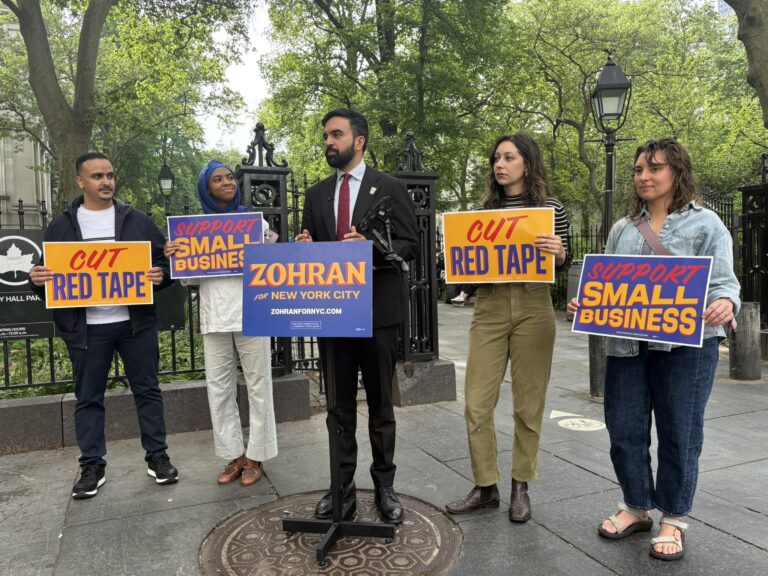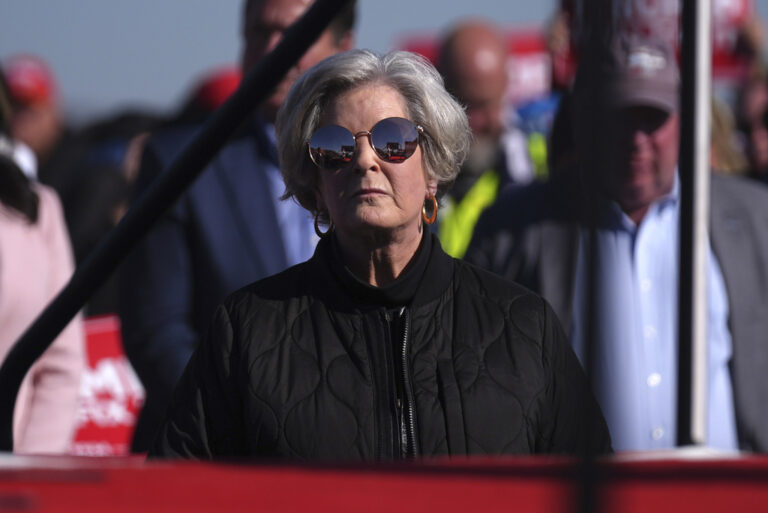By Rabbi Yair Hoffman for the Five Towns Jewish Times
“Corsica is better!”
“No, Yanuva is better!”
“Corsica!”
“Yanuva!”
There is no question that history repeats itself. And now, a fascinating history of some 200 years ago regarding Esrogim in Europe is once again unfolding.
This past winter, a few days of severe frost hit the Calabria coast of southwest Italy, as reported in HaModia. This is important because the Calabria coast is where the Yanuva Esrogim are grown. January’s frosts will seriously effect both the prices and the quality of the Yanuver Esrogim. Specifically, there were four pretty frosty days.
This also happened some two hundred years ago, and back then it set the Ashkenazic Esrogim Halachic world on fire.
Since the Esrog harvest season in Calabria is mid-July, the issue is now front and center. Corsica is an island 400 kilometers directly south of Genoa, but still north of Calabria. Corfu is actually a Greek Island, near the Greek/Albanian border and about the same level on the equator as Calabria.
For centuries now, there have been arguments as to which was the preferable Esrog to use: Yanuva Esrog and the Esrogim of the islands of Corfu or Corsica. The Ashkenazic communities of Europe were split in half. Since the destruction of the Second Temple, the Jews of Europe had used Yanuva Esrogim, until a massive shortage a few centuries ago had caused European Jews to look elsewhere.
Could the identifying signs be relied upon alone – without an accompanying mesorah, tradition? The Halachic responsum were soon forthcoming. The Chsam Sofer (Kovaitz Teshuvos #25) wrote that the Yanuva Esrog is preferable, but the Corfu and Corsican Esrogim are permitted – provided that there is supervision that these esrogim are not grafted.
But soon, the Plotzker Gaon (Teshuvas Moharal OC 6:23) released a bombshell.
He wrote that European Jewry lived in areas where they did not control their own agriculture. The Esrogim of our immediate ancestors were quite a geographic distance from the place of origin. Who says that the Yanova Esrogim were so ideal? The Plotzker Gaon preferred the Corsican Esrogim.
The repercussions of this debate are still heard today among Esrog purchasers and their descendants.
The information about the damaged crop this year came from Rabbi Menachem Lazar, a shliach in Rome, Italy who supervises the fields as told to haModia.
Rabbi Lazar reported that the farmers had initially stated that nine out of ten Esrogim were destroyed by the frost. That percentage was subsequently adjusted, but there is no question that Yanuva Esrogim are going to be affected severely.
What does Yanova mean, anyway? It is the Yiddish name for the port city at the very top of the boot of Italy. And it is some 625 miles northwest of where the Esrogim are actually grown – Calabria – which is at the very toe of Italy. The mistaken term developed because Genoa is where the Esrogim were shipped from.
Esrog trees are particularly sensitive to both frost and heat. This is because the roots are more delicate and grow very close to the surface of the ground. They also spread out much more than other trees.
Because of this, gentile farmers (and unscrupulous Jewish sellers) have grafted Esrog trees with heartier lime tree branches. How does one tell whether a tree was grafted or not? One tell-tale sign is a bulge that is located toward the trunk of the tree. Sometimes, however, the bulge is found below the dirt-line, and if someone does not have an eye for detecting such an irregularity – it can easily go undetected.
During the time of the Chazon Ish, a number of people travelled to Calabria to investigate whether the standard supply of trees were murkav – grafted. To the dismay of the investigators – there was graft everywhere. The Chazon Ish took special pains to investigate and ensure that a pure strain of Yanova be available in Eretz Yisroel.
The Esrogim of Europe, have of course, made Aliyah. The original strains of Yanova are now grown in Eretz Yisroel.
According to the Ramah in Shulchan Aruch, there are three general signs that indicate whether an Esrog is a murkav or a kosher esrog (these signs come from the Maharam Padwa)
The outer skin of a murkav is smooth; the outer skin of a kosher esrog has bump-like elevations. These are called blitos.
The ‘oketz or stem of a murkav is on the surface of the fruit; the oketz of a kosher esrog is recessed into the fruit itself.
The skin of a murkav is thinner. The fruit portion is both larger and juicier. The skin of a kosher esrog is thicker. Its fruity portion is smaller and contains little juice.
Many poskim also mention a fourth sign. The seeds of a murkav are horizontal. The seeds of a kosher esrog point vertically.
For Calabria, the frost may be a game-changer not just for this year, but for the next few years as well – because the trees were also affected. To make up for the shortage of trees as well as for the shortage of Esrogim on the trees that survived, a greater number of fruit will have to be picked than what is usual.
What is likely to happen is a repeat of what happened centuries ago. Because of the shortage, consumers will likely explore other sources and more and more Talmidei Chachomim may begin to study the issue at greater depth. Alternatively, more people will buy the Israel version of Yanova – rather than the European branch.
There are also Esrogim that come from other places as well. There are Moroccan Esrogim and there are Yemenite Esrogim too.
Satmar, Lubavitch, and Hungarians generally like to buy Yonova. Klausenberger Chassidim meticulously avoid Moroccan. Yet others believe that Moroccan is ideal because these Esrogim initially grew in the wild.
In Boro Park some Yanova Esrogim have sold for as high as $3000. One can wonder whether the crop failure this season will cause the high end Yanova Esrog to go higher, lower, or remain the same. We will have to wait until Sukkos to see.
The author can be reached at [email protected]












4 Responses
The last paragraph says it all. No need to worry, though. It’s brought down in very heiligeh seforim, in the kleyner oisiyos, that the halachos of Choshen Mishpat don’t apply to the crooks that sell esrogim. Mamesh amazing. The esrogim “dealers” are allowed to rip-off the most gullible amongst us, all in the name of “Hiddur”. Bubbe maasos. Mamesh ganovim. At least in Eretz Yisroel, there are many Batie Dinim that will NOT give their hechsher on Esrogim if it’s above a certain price. They understand the hardships & expenses that go into preparing for a Yom Tov. But here in New York, all bets are off. You can close the Choshen Mishpat and do as you please. Amazing.
With all respect to Rav Hoffmam, there are limits to hidur mitzvah and what any rational yid would or should pay for a kosher esrog. At some point, the prices become obscene and the beauty of the yom tov become just another illustration of mindless materialism cloaked in the name of hidur mitzvah. Yes, in a free society, there is nothing illegal about some ehrliche yid giving money away to a bunch of yiddeshe ganovom so he can brag in shul how much he paid for his arba minim. Hopefully, such bragging will be met with laughter and derision by the tzibur.
Don’t forget, different groups hold by different esrogim – one example is pitom yes, pitom no. Yes, money is definitely a factor and we pay more than we probably can afford, but our requirements are very specific.
Gadol-
” so he can brag in shul how much he paid for his arba minim. ”
You said it all – the same way people pay for the newest designers clothing, cars, etc thousands – all that OTHERS can see. An esrog vendor is no different, the same way the others make money for that ones bragging and show off trends, he is allowed to as well. Yes, if it would be purely for the sale of the Mitzvah is another thing..
The only problem is the ones that sit and learn all year and really deserve to be mekayem the hiddur lose out.